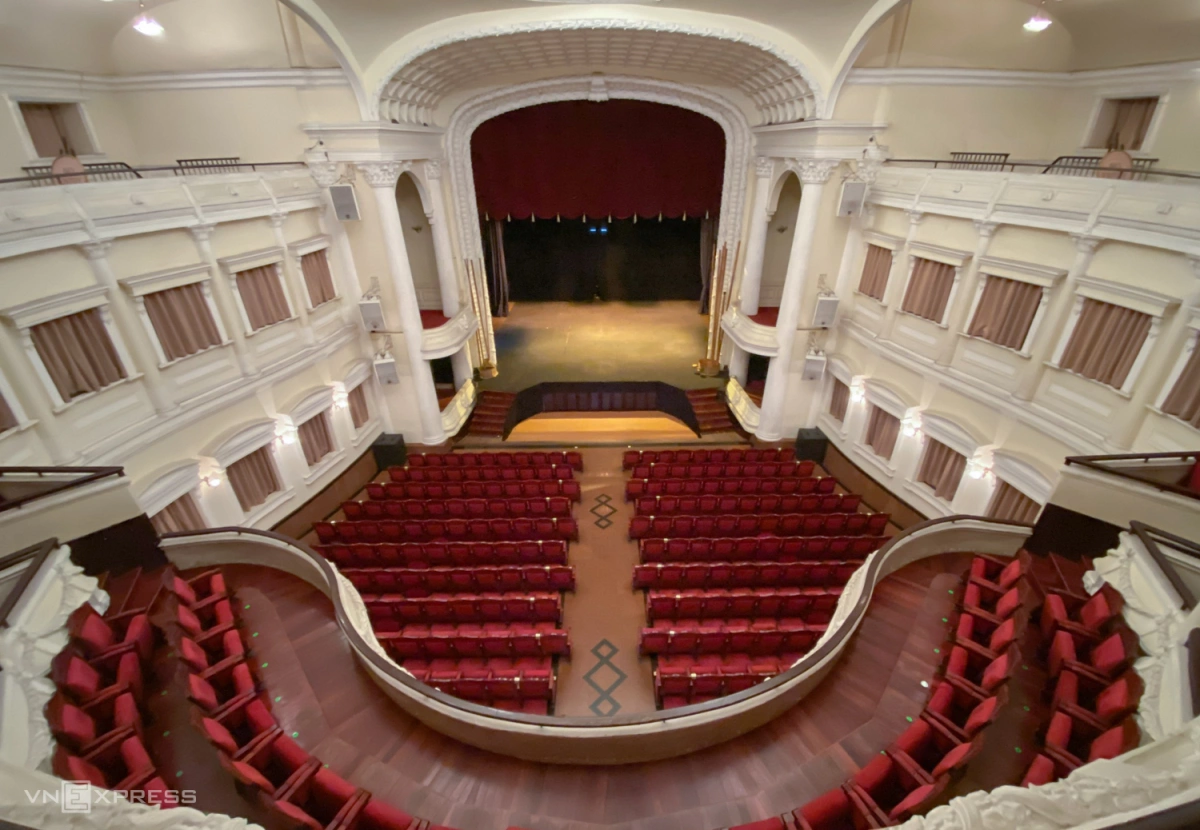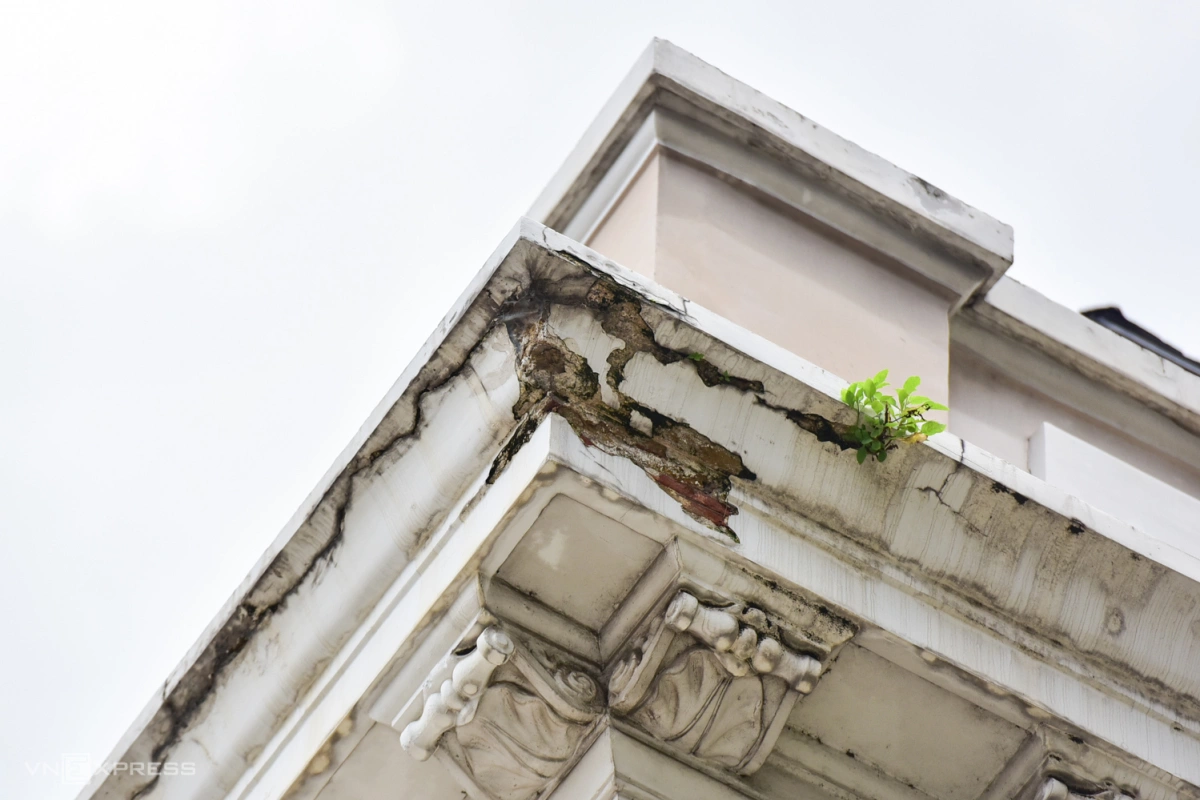The Saigon Opera House was first constructed in 1898 and was completed after two years. The building faces Dong Khoi Street of District 1, and is one of the more notable structures from the French colonialism era.
The structure spans over 2,000 m2 and was designed by architect Félix Olivier, inspired by the Opera Garnier in Paris. The decorative patterns and construction materials were mostly ordered and transported from France.
The building will undergo maintenance and renovation according to a resolution approved by the HCMC People's Council. The maintenance is to conserve national-level architecture and to make it a place to receive international guests to the city, as well as for hosting certain events.
The Opera House has three floors, with arches on the sides and balconies that reflect classic French architecture. There are numerous plants surrounding the structure.
The building was once used for governmental purposes of the Republic of Vietnam administration. After 1975, the building resumed its main function as a place for art performances. In 1998, HCMC renovated the building at a cost of VND25 billion.
In the front of the Opera House lie two statues, each 4.5 m tall, in the style of Greece's Erechtheion. The two statues, along with certain other sculptures in the front, were removed when the building was being used by the Republic of Vietnam administration.
The large arch in front of the Opera House has two angel statues and a lyre on top of it. The heads of Pan, the Greek god of rustic music, can be seen running along the arch.
A smaller arch inside the larger one depicts five gods around what resembles a temple. The words "Nha Hat Thanh Pho" (Saigon Opera House) is inscribed, replacing the original inscription from the French colonialism era, "Théatre Municipal."

















